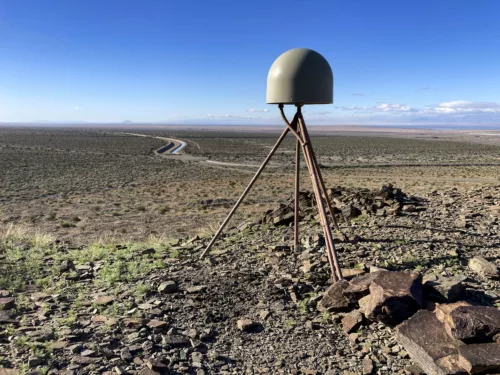
GPS stations are now part of the ShakeAlert® Earthquake Early Warning System network
GPS stations augment seismometers, significantly improving the system’s ability to accurately detect the largest earthquakes.
Here in the News & Features section, you can find important announcements or learn more about our work and the science we support.
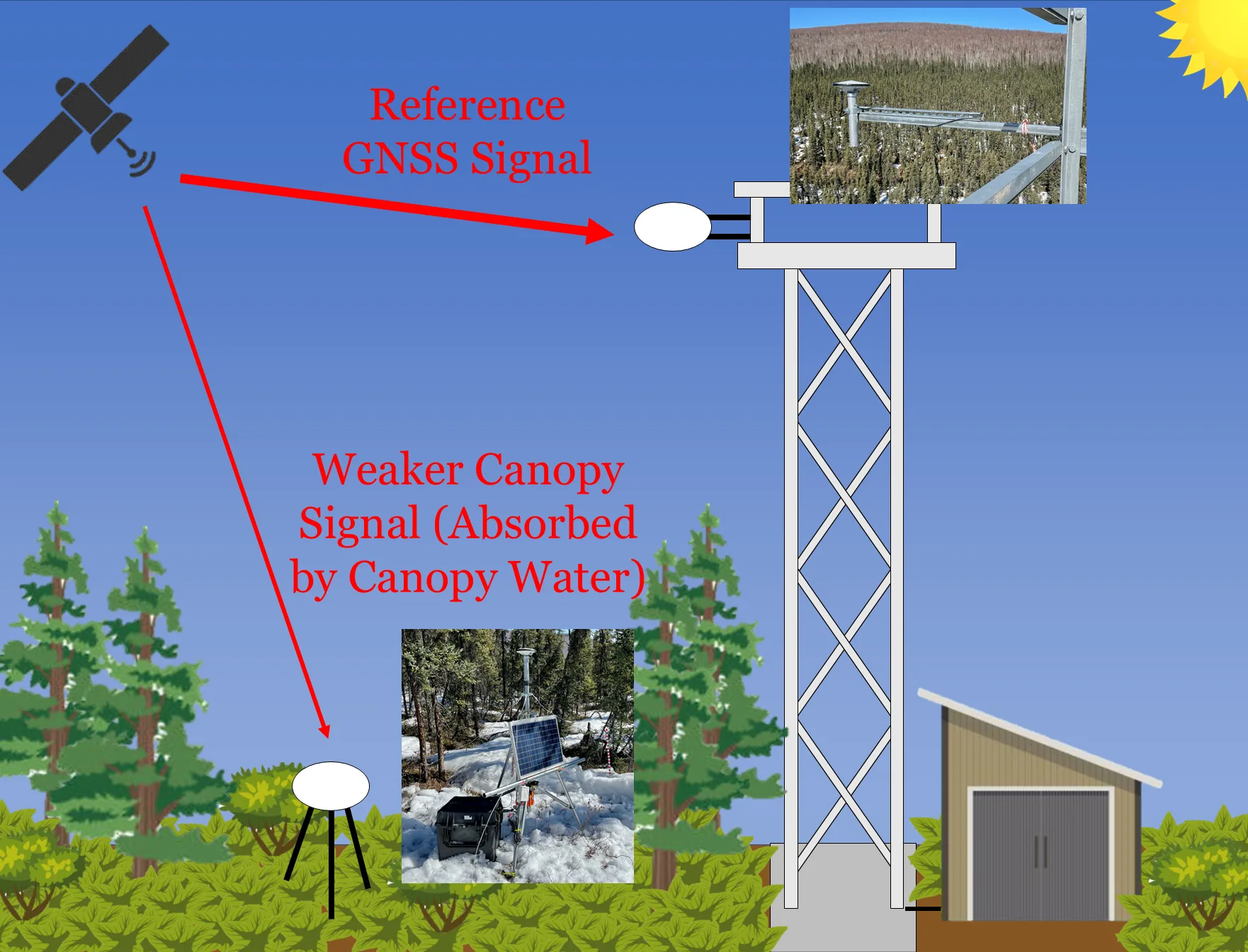
Showing 10 - 18 of 18 Posts
Page:

GPS stations augment seismometers, significantly improving the system’s ability to accurately detect the largest earthquakes.
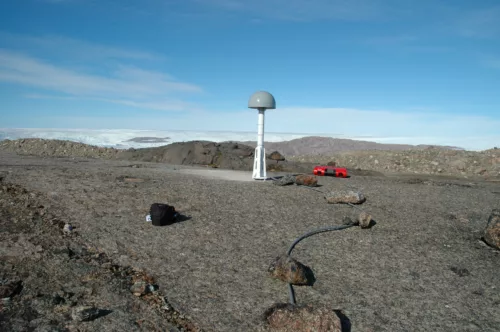
In a recent study, researchers treat the entire GNET network as a single instrument weighing the loss of Greenland’s ice.

The passing shadow of the eclipse creates a natural experiment, suddenly reducing solar energy to an isolated area of the ionosphere.
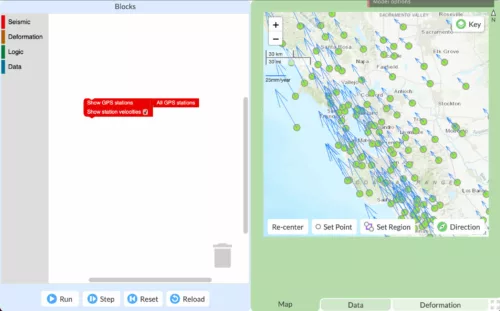
Students gain an authentic scientific experience by exploring large, real-world datasets and building coding skills with GeoCode’s educational modules.
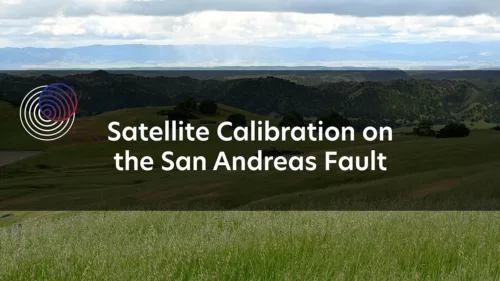
To facilitate calibration of InSAR ground displacement measurements, NASA JPL corner reflectors have been deployed next to NOTA stations along the San Andreas Fault. Check out this video to learn more!
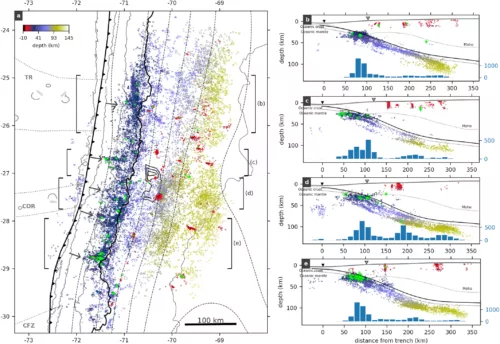
Though Chile is known for several major earthquakes, the Atacama seismic gap features slow movement that scientists seek to unravel.
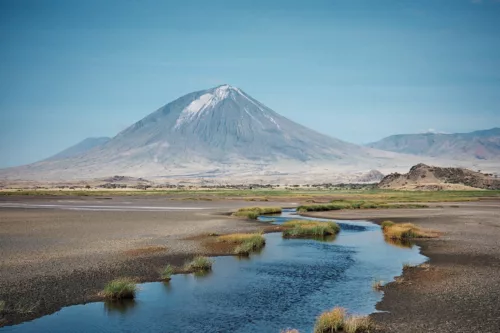
Down at the southern end of the East African Rift in Tanzania lies the Ol Doinyo Lengai volcano, exceptional in that it is the only active volcano that erupts carbonatites— igneous rocks composed of >50% carbonate minerals.

The 2023 GNSS Interferometric Reflectometry Short Course, co-sponsored by EarthScope Consortium and the the Collaborative Research Center 1502 DETECT, University of Bonn, was held last week. GNSS Interferometric Reflectometry (GNSS-IR) uses data from GNSS sites to measure changing conditions such as snow depth, soil moisture, and water levels around a GNSS antenna.
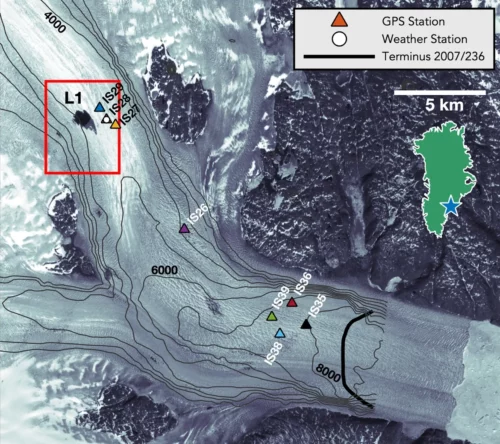
The metaphor of a “slippery slope” is often invoked for things that might quickly get out of control, but in glaciology these words can be applied more literally. In a warming world, we want to know how quickly ice sheets can melt and raise sea level.
Page: